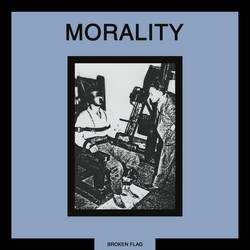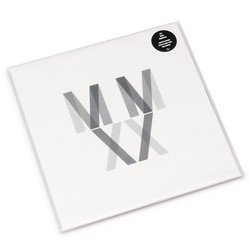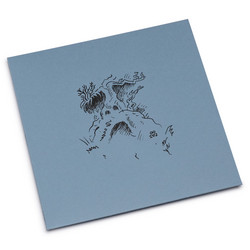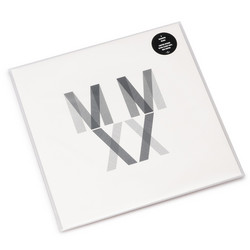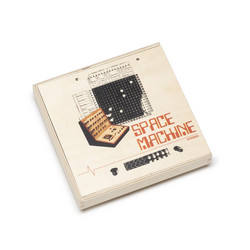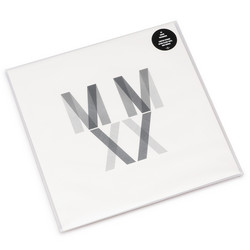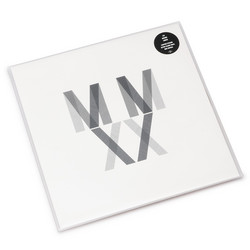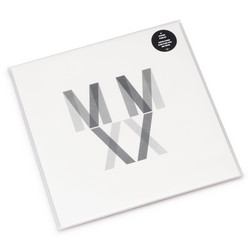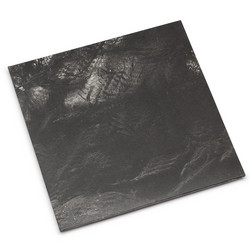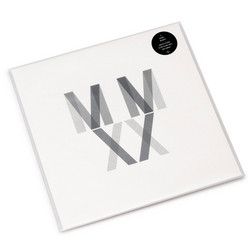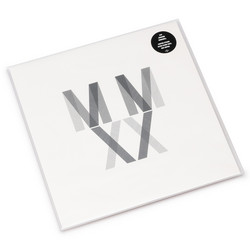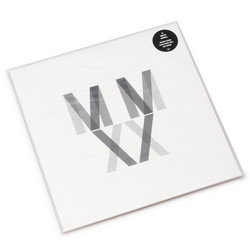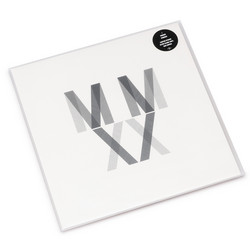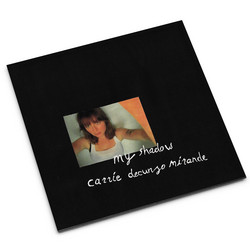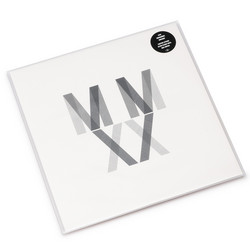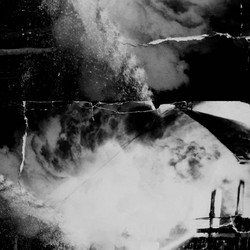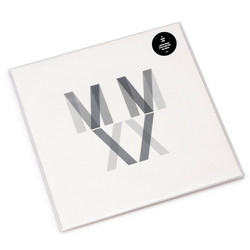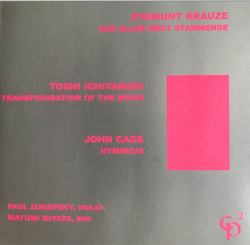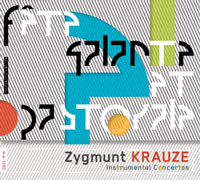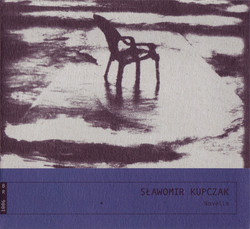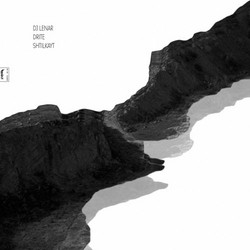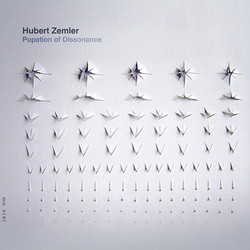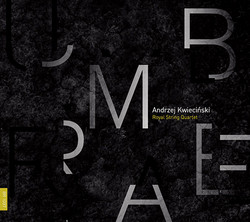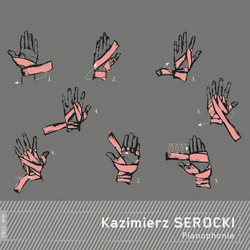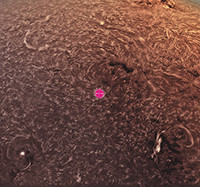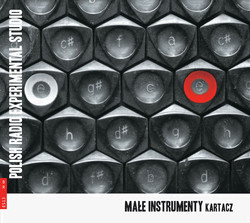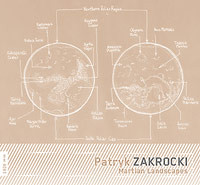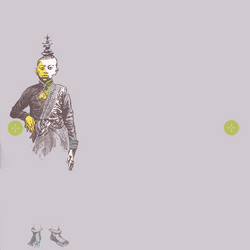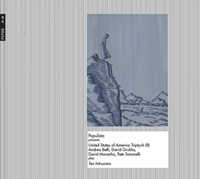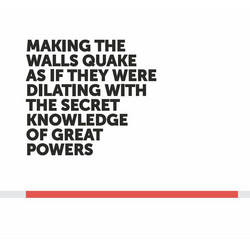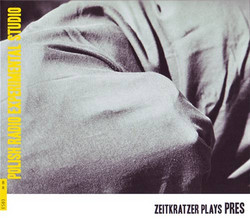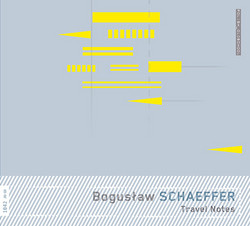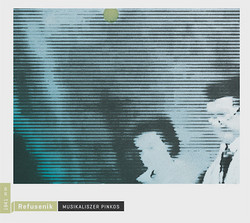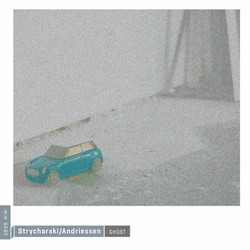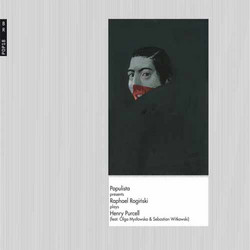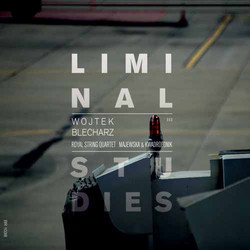Władysław Strzemiński's unism as well as functionalism are to be found at the roots of the first sound installation in Poland. Prepared for Galeria Współczesna in Warsaw, it is a piece signed by an architect Teresa Kelm, composer Zygmunt Krauze and sculptor Henryk Morel. "Spatial-Musical Composition" is a follow up of Morel's and Krauze's explorations initiated in 1966 together with Cezary Szubartowski and Grzegorz Kowalski which resulted in an action titled "5x". The sculptural elements of the previous one are lacking in the realization due to the fact of its premiere after Morel's death. Still, audience was given an opportunity to control the sounds and colors of the installation. Moving freely between the spaces, one could build up his or her own version of the composition using the tools delivered by the artists. For the latter ones, it was a way to overcome the canonical, passive reception inscribed in the concert hall. But there is more for the inspiration of the piece than just the polish avantgarde of the interwar. By assigning the audience freedom for their own audiosphere, the artists reveal their debt in magnetic tape processing. Modular character of the composition makes it easy to separate and blend the tracks and so freeing of audience in the installation is based on acknowledging the principles of recording and mixing tools.
If it was the only installation by Zygmunt Krauze, it would be difficult to see the conceptual background of the modern composition. But it is the conceptual force that drives his six years latter piece "Fete galante et pastorale". Composer takes a detour to get back to the very origins of spatial music making use of the architecture - namely Eggenborg castle. He inscribes the music in space which pushes one to rethink the notion of chamber music. The piece is contextualized not only thanks to particular space but also because by its internal structure which consists of segments echoing pre-20th Century music. What was abstract in "Spatial-Musical Composition" revealing universal psychophysical conditions of sound reception, here becomes concrete by associations with court and folk music triggered by consecutive tracks.
The album is a journey just as much paradoxical as absolutely achronic. Two versions of "Spatial-Musical Composition" differ significantly. They were both realized in 2012 with the use of original tapes. Thus, they are both an attempt at performing the piece after 44 years. One was recorded in architecture built for Museum of Art in ŁódŸ during the exhibition "Sounding the Body Electric (curators: David Crowley and Daniel Muzyczuk). Arszyn willingly followed the artists instructions and recorded his own mix of the installation - surprisingly expressive in this meditative composition. The same source material was used for the studio mix. "Fete galante et pastorale" in between the two versions is an original recording from 1974. However, placing the composition in historical chronology seems dubious because of the segments styles. It seems at the same time a source and a result of "Spatial-Musical Composition" from 1968. It is its result because Krauze's interest in architecture dates far back in time. It is its source as well displaying Baroque inspirations in composer's sound installations. (Daniel Muzyczu)
